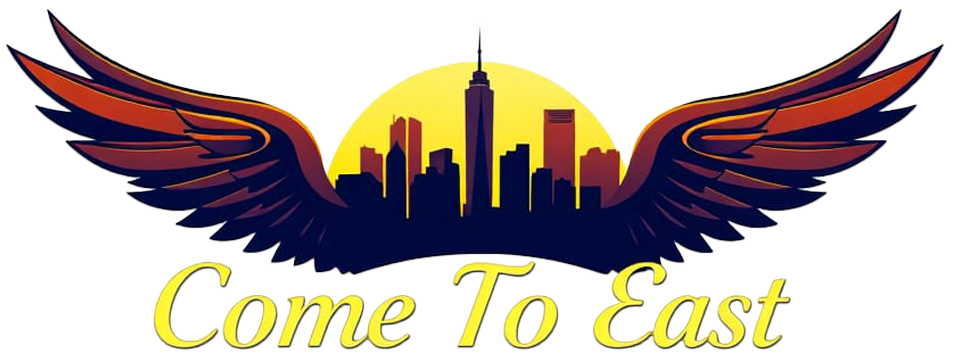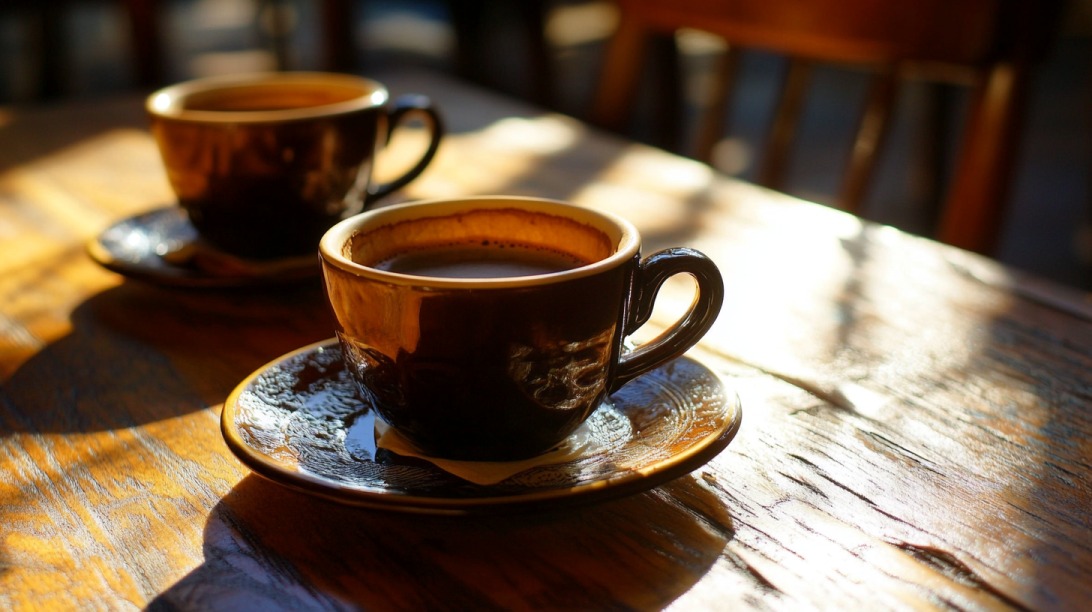Hey there, coffee enthusiasts and city dwellers alike! I’m that person who’s always poking around the local scene, checking out how people live, eat, and caffeinate.
Today, I’ll discuss a classic topic: East Coast vs. West Coast coffee culture. It’s a tale of two shores, with an ocean of differences in how we brew, sip, and experience our daily java.
A Quick Side-By-Side
| Aspect | East Coast | West Coast |
| Historical Roots | 17th-century coffee district in Manhattan | Starbucks boom in 1970s Seattle |
| Dominant Chains | Dunkin’ (regional favorite) | Starbucks (global icon) |
| Climate Influence | Seasonal swings => hot in winter, iced in summer | Milder => year-round cold brew and iced options |
| Shop Atmosphere | Quick, commuter-friendly, smaller footprints | Social, laid-back, designed for lingering |
| Brewing Methods | Drip, espresso machines for speed | Pour-over, French press, nitro for artisanal flair |
| Cultural Vibe | Fast-paced, practical | Innovative, chill, quality-focused |
Historical Ties That Shaped Our Cups
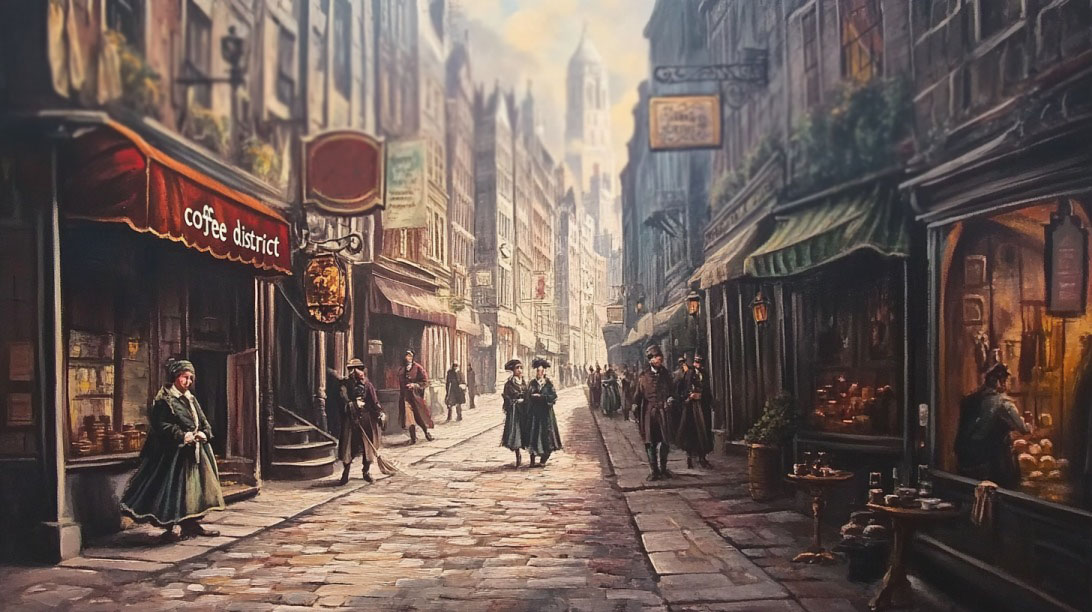
Coffee culture in the U.S. didn’t just appear overnight—it was brewed over time, steeped in revolution, trade routes, and local rituals.
To really understand how coffee became a daily habit for millions, you’ve got to start where it all began: the East Coast.
East Coast
When people think of American coffee, a lot of them picture those early spots in Manhattan or Boston. Legend has it that lower Manhattan was jokingly called the “coffee district” back in the 17th century.
Throw in the Boston Tea Party (a defining moment that pushed tea aside in favor of coffee for many Americans), and you’ve got a region that’s been sipping the stuff for centuries.
- 17th Century Start: Coffee hits New York’s shores early on, making that city a big deal in coffee’s American story.
- Boston’s Part: Not only did the famed tea-related historical event happen there, but the city also claims the first Dunkin’, launched in 1948.
- George Howell’s Influence: Boston’s own coffee pioneer helped push specialty coffee forward, sparking interest in better beans and more refined brewing.
The East Coast is so full of tradition. We’re talking diners with bottomless refills, corner-store brew in paper cups, and that sweet sting of Cuban coffee in Miami.
Over time, these classics have carved out a vibe that’s part nostalgia, part convenience, and entirely East Coast in character.
West Coast
Meanwhile, the West Coast loves to show off its knack for innovating. Seattle famously gets credit for catapulting espresso drinks into the mainstream in the 1970s.
When Starbucks opened its doors at Pike Place Market in 1971, it marked a second wave of American coffee, turning everyone on to fresh-roasted beans and the joys of a skillfully pulled espresso shot.
- Seattle’s Spotlight: Starbucks put a huge spotlight on coffee craft, making espresso drinks go from niche to big-time nationwide.
- Peet’s Coffee & Beyond: Further south, Peet’s stepped in with a focus on high-quality beans. That helped shape the West Coast’s love of really good coffee.
- Portland & San Francisco: Pour-over mania started gaining traction here too, with cafes like Blue Bottle emphasizing single-origin beans and slow, mindful brewing.
In short, the West is known for being that friend who’s always tinkering with new methods—French press, pour-over, cold brew on tap—ready to do something special with each cup.
It’s an approach that’s half art, half science, and a total hallmark of that region.
Seasonal Shifts vs. Year-Round Sips
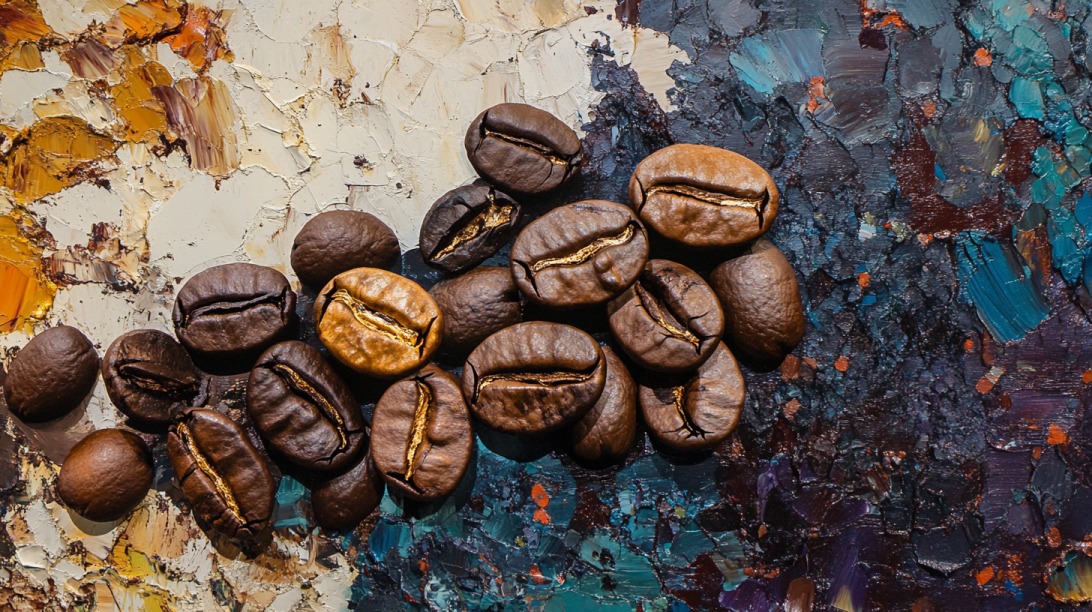
Here, we’ll take a closer look at how geography, lifestyle, and local flavor shape the way each coast gets its caffeine fix—because your latte says more about your zip code than you might think.
East Coast
It’s not exactly a secret that the Northeast corridor sees dramatic shifts in temperature. You’ve got scorching summers and downright chilly winters. And guess what? Coffee habits follow suit.
- Hot in the Cold: When snow flurries start, hot coffee is the real MVP—think lattes and Americanos that warm your fingertips as you shuffle through the city.
- Iced in the Heat: Come spring and summer, you’ll see iced coffee taking over. People grab it on the run from mobile carts, or they pop into a corner cafe for something cold and sweet.
- Speed & Convenience: Drip coffee reigns supreme, especially when people only have time to slip a lid on a to-go cup and hustle to work.
West Coast
Head out West, and you’ll feel a different type of climate that tends to stay milder (especially in spots like L.A. or San Diego). People out there often stick to their favorite drinks all year without batting an eye.
- Cold Brew All Day, Every Day: It’s not unusual to see someone sipping an iced latte in November. The temperatures drop a bit, but not enough to force everyone to swap to a hot drink.
- Passion for Process: Pour-over, French press, or even nitro cold brew—these methods highlight the West Coast’s knack for precision. There’s a certain joy in watching every drip pass through a filter, or seeing the creamy fizz of nitro as it cascades into a glass.
The smaller seasonal variation means the style of coffee remains pretty consistent, with an emphasis on craftsmanship.
Plus, if you stroll into a Bay Area cafe, you’ll likely see baristas taking their time, measuring beans on digital scales, and chatting about flavor notes.
Cafés & Street Carts
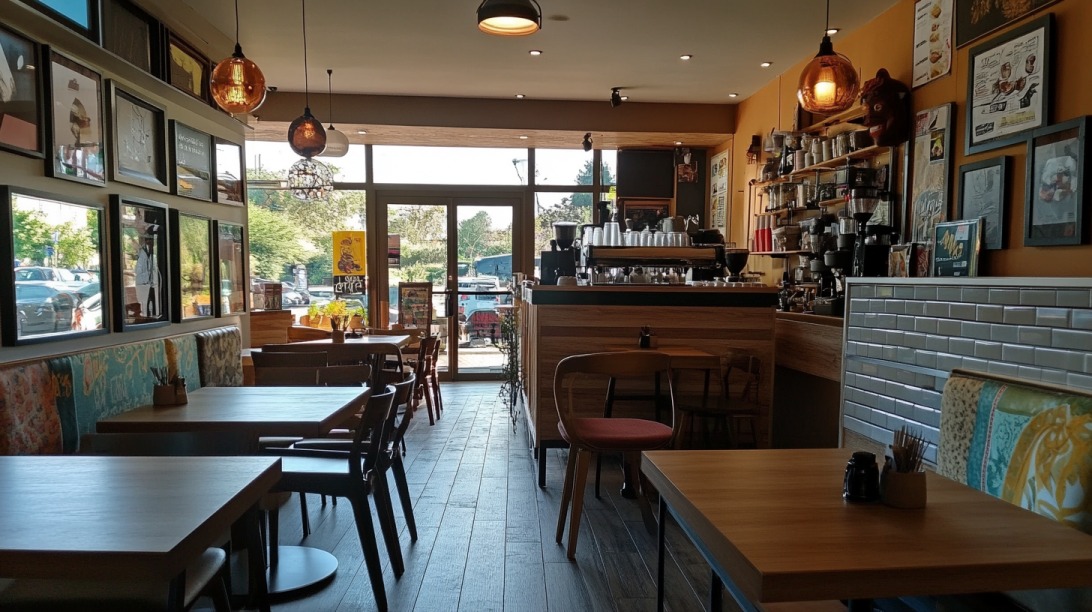
Now let’s take a look at how café life differs coast to coast – and why it matters.
East Coast
Cities like New York and Boston run at a breakneck pace. Real estate is pricey, sidewalks are crowded, and people have places to be. A coffee cart is sometimes the best friend of a person in a rush.
- Crowded Streets, Mobile Carts: Those iconic carts dot the sidewalks, helping people grab a quick caffeine boost on their way to the subway.
- Small Shops near Transit: Cafés often plant themselves near T stops in Boston or around Manhattan’s hectic intersections. Location matters big-time for commuter culture.
- Lightning-Fast Service: You’ll see baristas cranking out drip coffee, bagels, and maybe a croissant, then handing it over with lightning speed. That sense of urgency is part of the East Coast charm.
West Coast
Let’s flip that script. On the West Coast, café culture often invites you to linger. In places like Seattle, LA, or Portland, many shops are designed to be hangout spots.
- Lounge-Worthy Interiors: Couches, big windows, and sometimes even communal tables. People come in, grab a fancy latte, and settle down to chat or work for a while.
- Tastings and Workshops: Some cafés hold cupping sessions, or they let you sample different roasts, turning coffee into a mini-event.
- Sunlight and Social Scenes: Whether it’s a hillside cafe in San Francisco or a sidewalk seat in Silver Lake, you can sense the region’s easier pace. The layout encourages conversation and fosters a place to chill, not just refuel.
Chains vs. Independents
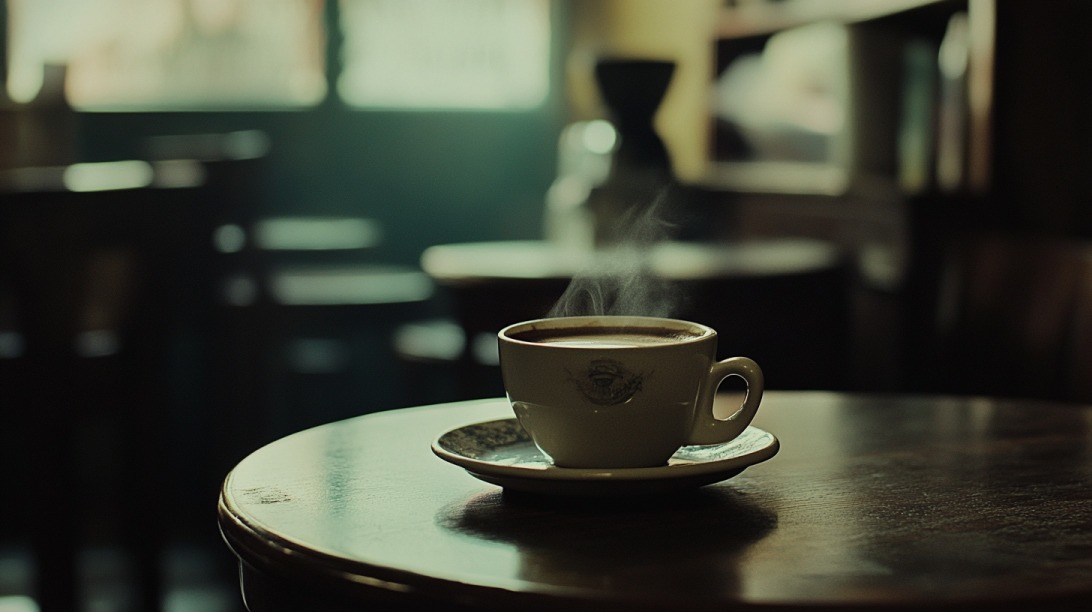
East Coast
If you’ve been anywhere near the Atlantic states, you might’ve spotted that pink and orange logo basically everywhere. Dunkin’ has long held a tight grip on commuter culture.
- High Store Count: Dunkin’ has thousands of locations across the nation, but it’s especially beloved in New England and New York.
- Price and Practicality: For many, it’s the go-to for an affordable coffee and a doughnut. You might see lines out the door in the morning, but they move fast.
- Starbucks in the Mix: Of course, Starbucks is no stranger to the East Coast, especially in swanky NYC neighborhoods. Yet Dunkin’ remains the homegrown staple for many who just want that consistent cup of drip or iced coffee.
West Coast
Meanwhile, out West, it’s not that you won’t bump into Starbucks (because you definitely will), but there’s also a real push for artisanal, independent shops.
- Blue Bottle, Sightglass, and Beyond: San Francisco and Oakland have become hotbeds for roasters who emphasize small-batch excellence.
- Portland’s Coffee Labs: PDX has built a reputation for being a coffee playground, with new cafés popping up that put a lot of love into each cup.
- Cultural Emphasis on Quality: You’ll run into tech people who think nothing of paying top dollar for a single-origin pour-over. It’s part of the lifestyle in Silicon Valley and beyond, where appreciation for craft meets disposable income.
Why It Matters
Coffee unites people across the world.
The industry is large, and in the US, it has an economic impact of over $343 billion, supporting 2.2 million jobs. Over 2/3 of American adults reported drinking coffee daily in 2024. pic.twitter.com/eOs160HcHL
— World Coffee Research (@WCoffeeResearch) October 7, 2024
Maybe you’re curious about why we even care about these regional quirks. Let’s be real: coffee is huge in the United States—reports say people spent around $110 billion on it in 2022.
That’s no small change. The way coffee is approached on each coast tells us a lot about values, lifestyles, and the overall mood in those regions.
- Convenience & Heritage: The East Coast is shaped by tradition and the hustle of daily life. People want a reliable cup, often at a fair price, on their way to the office.
- Innovation & Leisure: On the West Coast, you’ll see a push to experiment and craft the perfect cup, with people taking time to enjoy the process.
Final Thoughts
All in all, the East Coast and West Coast coffee worlds aren’t just about who has the best latte art or the quickest espresso. They reflect deeper cultural preferences—how we live, work, and connect with people around us.
From the bustling corners of Manhattan to the mellow streets of Seattle, coffee is a daily companion shaped by history, climate, and community spirit. And that’s part of the charm, right?
Bonus: East Coast vs. West Coast – Which side is more family friendly for living?
